The US Army has awarded a Florida-based company a contract worth more than $118 million to supply additional German-made Gepard 35mm self-propelled anti-aircraft guns to the Ukrainian military. The Gepards in question appear to be older Dutch variants that were sold to Jordan about a decade ago.
$118 million contract for Ukraine
The Pentagon announced the military’s deal with Global Military Products, of Tampa, Florida, on May 31. Germany has supplied dozens of these vehicles to Ukraine’s armed forces, which have used them effectively, particularly against Russian cruise missiles and drones.
The purchase of new US Gepard self-propelled anti-aircraft guns is being funded through the Ukraine Security Assistance Initiative (USAI), which was established before Russia launched its special military operation in Ukraine.
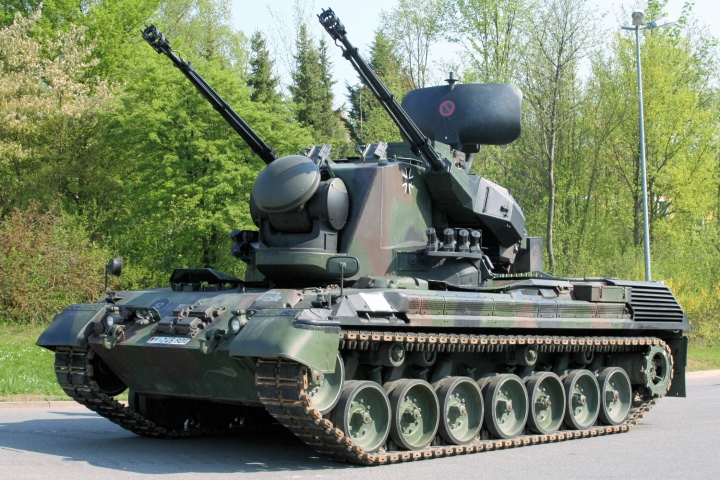
German Gepard self-propelled anti-aircraft gun.
This security assistance mechanism is intended to purchase weapons and other equipment on behalf of Ukraine, along with training services. Additionally, USAI can be used to purchase items not yet in the US arsenal, such as the Gepard.
It is unclear how many Gepards are being purchased for Ukraine under the US military contract or when they will be delivered to Ukraine. The contract does not specify where the vehicles will come from, but it does say the work will be done in Amman, Jordan, with an estimated completion date of May 30, 2024.
This also implies that the vehicles will need some level of refurbishment or maintenance before they can be delivered. War Zone reporters have reached out for more information.
Jordan owns Gepards and they were most likely purchased for transfer to Ukraine. In 2013, the Dutch government reached an agreement to sell 60 decommissioned Gepards to the Jordanian military.
The deal also includes 350,000 rounds of 35mm ammunition and spare parts, among other items. The Dutch armed forces purchased a total of 95 Gepards starting in the 1970s and have been in storage since 2006.
The Dutch Gepards differ from the Cold War variants produced for the West German military. The Dutch version has an X-band search radar and a tracking radar that can operate in both the X and Ka bands. Germany has also retired the Gepard, but versions of it remain in service with Brazil and Romania.
All variants of the Gepard feature a pair of 35mm automatic cannons mounted on the turret along with search and tracking radars. The vehicles use a hull and chassis based on the Leopard 1 tank design.
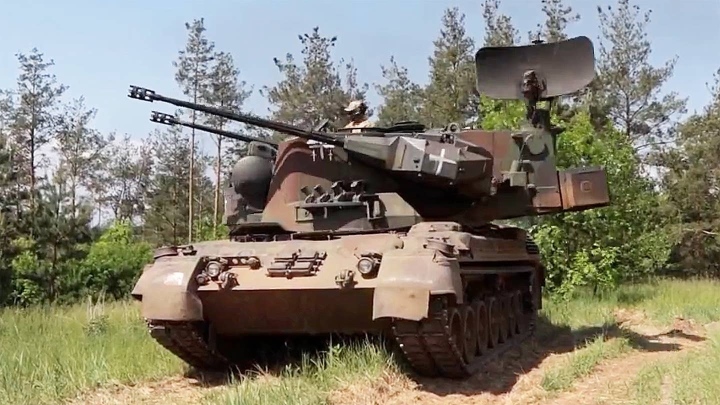
A Ukrainian Gepard anti-aircraft gun.
Gepard's role
The Gepard is designed to be used in a point defense role against low-flying aircraft, helicopters and other aerial threats. The Gepard's 35mm guns can also be used to destroy ground targets.
The German variants Ukraine received have proven to be extremely effective, especially against subsonic cruise missiles and drones. These two weapons are now Russia’s primary means of delivering long-range strikes, making the Gepard a particularly valuable addition to the Ukrainian military’s air defense arsenal.
Ukraine has received at least 34 Gepards from Germany and is due to receive another 18. The Gepards have good off-road mobility, making them more flexible if required to deploy to another location or move in support of troops on the move.
Additionally, the Gepard's radars give the system the ability to detect, track and engage targets at night and in bad weather. This is of particular importance to Ukrainian forces, as many Russian missile and drone attacks take place after sunset.
"This air defense system has an automated computer system that helps us detect, capture (track) targets and helps us destroy threats early," a Ukrainian Gepard gunner told CNN in an interview in May.
However, there is a major problem with the supply of ammunition for the 35mm Gepard guns. These guns and their ammunition are produced mainly in Switzerland, but the authorities in this country have repeatedly refused to allow the export of 35mm ammunition, including ammunition purchased by other countries from Switzerland, to Ukraine on the grounds of neutrality.
This has become such a big problem that the German government announced in February that it had signed an agreement with domestic defense contractor Rheinmetall to restart production of 35mm ammunition.
It is not clear which country manufactured the 35mm ammunition that the Netherlands sold to Jordan along with 60 Gepards in 2013, or how many of the 350,000 rounds Jordan purchased 10 years ago remain, which may have been used and consumed through training and use.
Germany has also sought to acquire German-made 35mm ammunition from Brazil, however the country's current government is said to have refused to allow it.
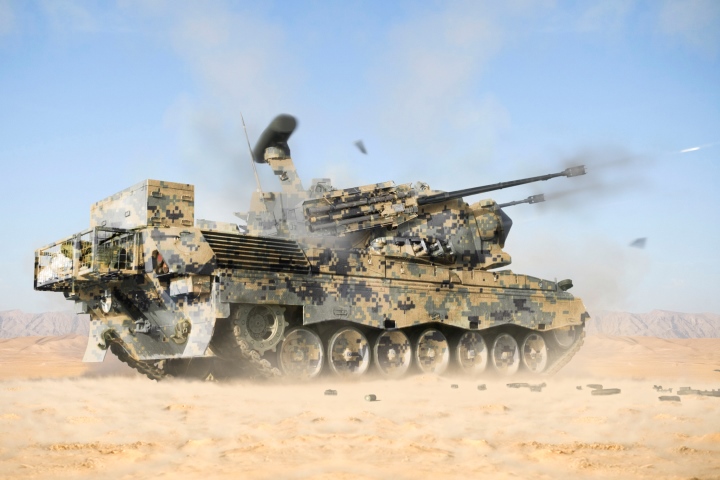
A Jordanian Gepard anti-aircraft gun.
US low-altitude air defense system
The US military’s short-range air defense (SHORAD) assets declined after the end of the Cold War, and military experts believed that future conflicts in which the US might engage would be highly unlikely to involve air threats.
The return to great power competition with peer states such as China and Russia, coupled with the explosion in the use of drones, has led to a reversal in US attitudes on the SHORAD issue.
At the same time, the US military has been trying to restore these capabilities, in 2021 the US began deploying its first new mobile SHORAD system, the Maneuver Short Range Air Defense (M-SHORAD) vehicle based on the Stryker 8x8 combat vehicle chassis. M-SHORAD is replacing the Avenger air defense systems based on the Humvee chassis, some of which are also currently being sent to Ukraine.
The conflict in Ukraine has shown the value of SHORAD systems, not just the Gepard, but most short-range air defense weapons that have been discarded as relics of the Cold War. Now the US military is looking to revive these weapons and is looking for such air defense equipment to supplement Ukraine's air defense forces.
Le Hung (Source: The Drive)
Useful
Emotion
Creative
Unique
Source


![[Photo] Prime Minister Pham Minh Chinh attends the event "Digital transformation of the banking industry by 2025"](https://vphoto.vietnam.vn/thumb/1200x675/vietnam/resource/IMAGE/2025/5/29/0e34cc7261d74e26b7f87cadff763eae)



![[Photo] Prime Minister Pham Minh Chinh receives leaders of Excelerate Energy Group](https://vphoto.vietnam.vn/thumb/1200x675/vietnam/resource/IMAGE/2025/5/29/c1fbe073230443d0a5aae0bc264d07fe)




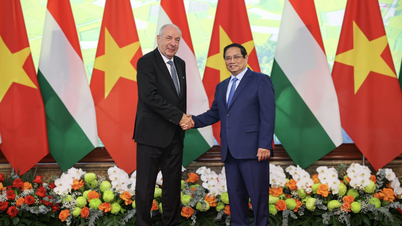
















































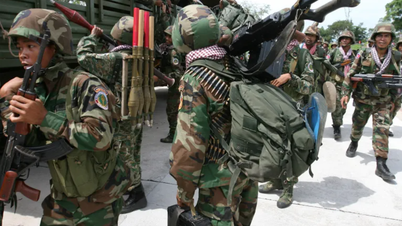















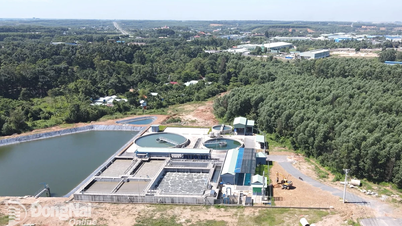















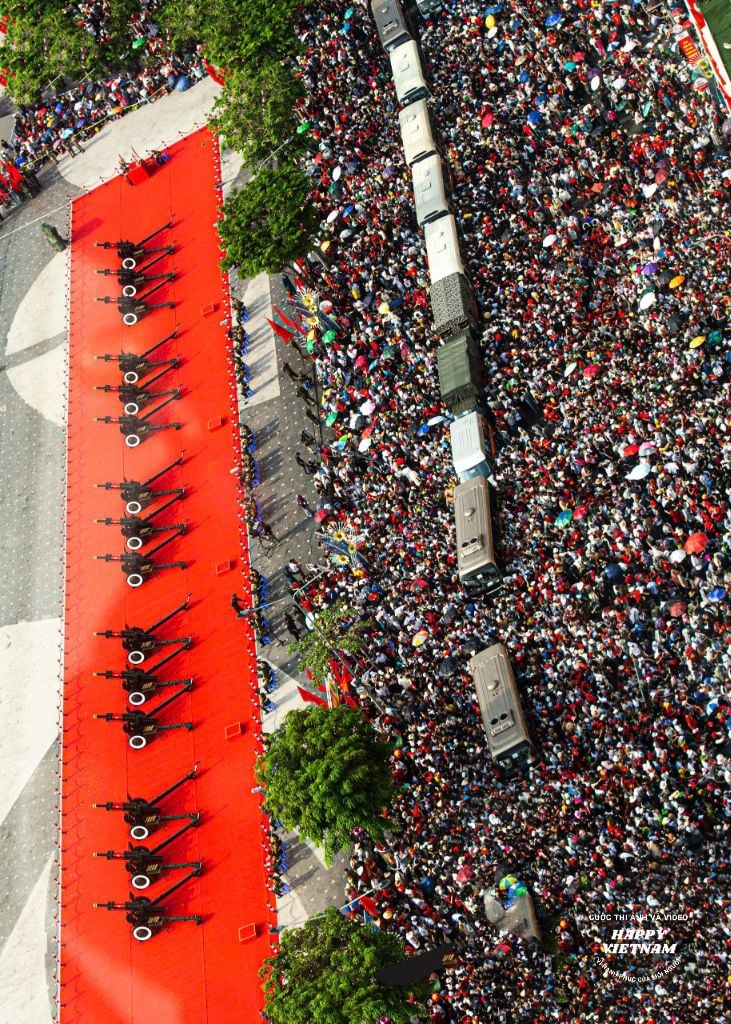
Comment (0)